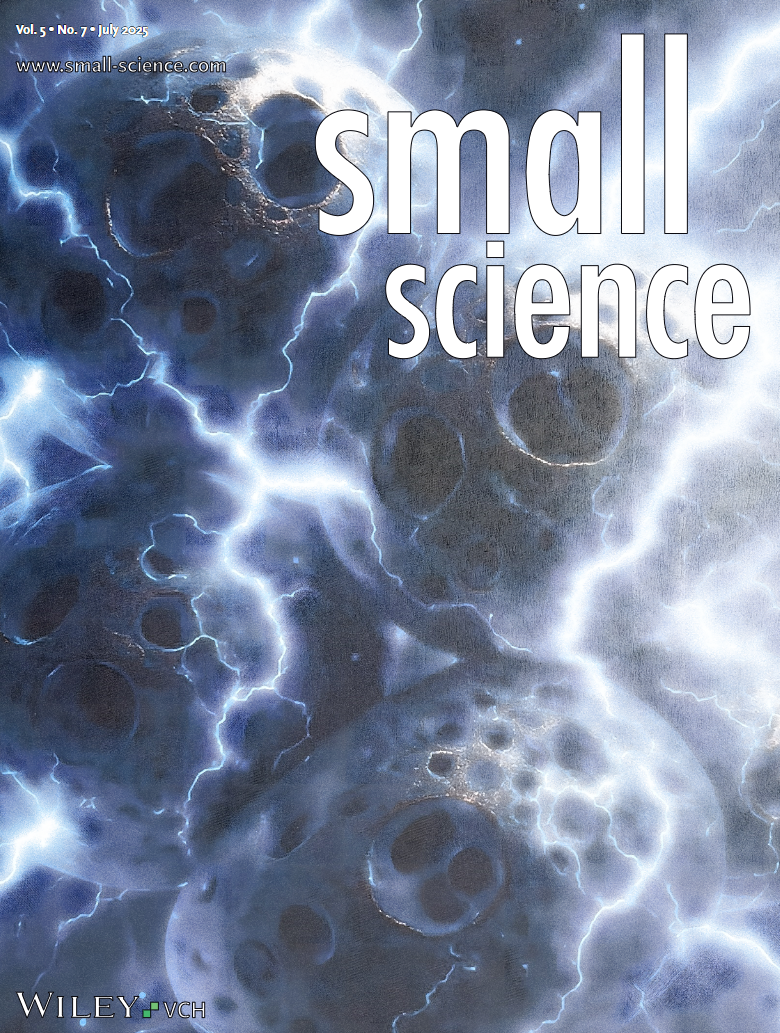
Lithium-sulfur (Li-S) batteries are attractive for next-generation energy storage due to the high theoretical capacity (1675 mAh g−1) and energy density (≈2600 Wh kg−1) of sulfur cathodes. However, traditional sulfur cathodes suffer from severe challenges including the electrical insulation of sulfur, large volume changes upon cycling, and the notorious polysulfide shuttle effect that causes rapid capacity fade. In this regard, sulfurized polyacrylonitrile (SPAN) has emerged as a promising cathode material to overcome these issues. By chemically binding sulfur within a carbon-nitrogen polymer matrix, SPAN completely suppresses polysulfide dissolution and shuttle, enabling highly stable cycling. It is synthesized by simple thermal treatment of polyacrylonitrile with sulfur, yielding a covalently bonded S-C network that is compatible with conventional carbonate electrolytes. This review provides a comprehensive overview of SPAN cathodes, including their structural characteristics and unique solid-state redox mechanism, as well as recent advances in material design and performance optimization. We highlight key studies that elucidate the covalent bonding and lithiation chemistry of SPAN, and we survey state-of-the-art strategies from conductive composites and dopants to electrode engineering, which have elevated its electrochemical performance. Finally, remaining challenges and perspectives for practical Li-S batteries with SPAN cathodes are discussed.

Graphical Abstract
Li-Ion Batteries
In article number 2500131, Asif Latief Bhat and Yu-Sheng Su illustrate the sponge-like structural evolution of silicon anode particles during cycling, which coincides with the onset of Coulombic efficiency troughs. The study identifies key factors such as electrode thickness, voltage window, and electrolyte composition that govern this phenomenon, providing new insights to guide the design of stable and high-performance silicon-based lithium-ion batteries.
Achieving smooth and dendrite-free lithium deposition is critical for the commercialization of lithium metal batteries (LMBs). This study explores the role of silver salts (AgNO3, AgF, AgCl, Ag2CO3, and Ag2SO4) in regulating lithium nucleation and solid–electrolyte interphase (SEI) stability. Upon in situ reduction under lithiation conditions, silver ions form a uniform metallic Ag layer that serves as a highly lithiophilic nucleation seed, significantly lowering the plating overpotential and promoting dense lithium growth. Concurrently, the dissociated anions contribute to SEI formation, influencing interfacial stability and lithium-ion transport. Electrochemical characterizations reveal that AgNO3-coated substrate achieves near-100% Coulombic efficiency, the lowest nucleation overpotential, and superior cycling stability compared to other silver salts. Advanced lithium-sensitive energy-dispersive X-ray spectroscopy mapping confirms the uniform distribution of lithium and silver, correlating with the enhanced lithium plating reversibility. X-ray photoelectron spectroscopy and X-ray diffraction further validate the formation of a stable Li–Ag alloy and a Li3N-enriched SEI, which collectively suppress dendrite formation and improve interfacial stability. These findings establish AgNO3-coated current collector as a promising and scalable strategy for high-performance LMBs, providing new insights into interface engineering for next-generation energy storage systems.









































